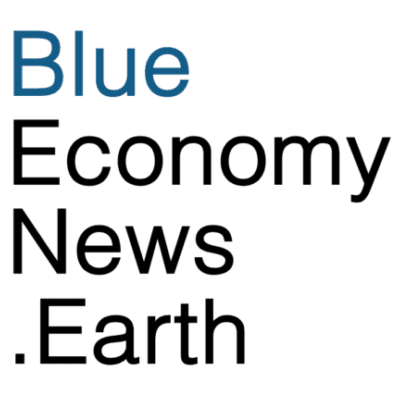A new global initiative, Maritime Beyond Methane (MARBEM), has launched with the goal of moving global shipping toward fuels without methane. The organization not only hopes to move global shipping away from LNG, but also away from biomethane and synthetic LNG.
The initiative launched as the International Maritime Organization is prepared to vote on a Net-Zero framework that may spell the beginning of the end for LNG. LNG is made from a fossil fuel known as natural gas, much of which is acquired by fracking, that is composed almost entirely of methane. It is 27-30 times more potent than CO2 as a greenhouse gas over a 100-year timeframe. It is 82.5 times more potent than CO2 over the near term. Methane emissions from international shipping increased by roughly 150% between 2012-2018, primarily because of the increase in use of LNG as a propulsion fuel.
MARBEM said it used the U.S. Environmental Protection Agency’s Social Cost of Methane for figures showing that, in 2023, ships powered by LNG released an estimated 247,000 tons (t) of methane. This amount of methane is linked to about $950 million in climate-related damages for that year. In 2016, the estimated cost was around $250 million.
By contrast, biomethane is fuel made with methane gas that is a natural byproduct of decomposing natural materials such as vegetation and manure. While growing crops for the purpose of manufacturing biomethane rather than food is considered a dangerous misuse of agricultural resources, many companies have produced fuel from farm and forestry residues. The International Energy Agency also suggested that cover crops could be used for biomethane, but admits that there is a potential shortage of stock for the fuel.
Biomethane (CH4) can be converted to methanol (CH3OH), which is a
renewable liquid hydrocarbon which is seen as the future low carbon fuel for shipping. When made with renewable energy, it is called green methanol and is considered a very low emission fuel source although some opponents argue there is not enough renewable energy to supply green methanol or green hydrogen (another fuel) to the shipping industry.
According to the Global Maritime Forum Methanol is moving towards initial scale, with around 60 methanol-capable vessels on the water, more than 300 further ships on order, and just under 20 ports offering green methanol bunkering. And the World Economic Forum noted that major players such as Maersk have already commissioned multiple container ships that will run on methanol; each expected to slash annual CO2 emissions by approximately 1 million tons.
If the methane is not converted to fuel, the IEA said, “then biomethane may be converted to hydrogen (H2) and CO2 and if this biogenic CO2 were stored underground (carbon, capture and storage) this would be a ‘negative emission pathway’. The CO2 could be used (carbon capture and use) to produce carbon-based chemicals.”
MARBEM has raised concerns that alternative methane-based fuels, including e-methane, e-LNG, biomethane, and bio-LNG, could perpetuate long-term reliance on methane, hindering progress towards international decarbonization goals.
The initiative collaborates with policy specialists, financial analysts, economists, and research organizations in 13 countries aiming to supply independent research to support policy decisions based on data and evidence.
Over the coming months, MARBEM intends to work closely with the International Maritime Organization and European Union regulators during FuelEU negotiations. The group will provide technical input to regulatory development processes aimed at keeping shipping aligned with global climate objectives.

